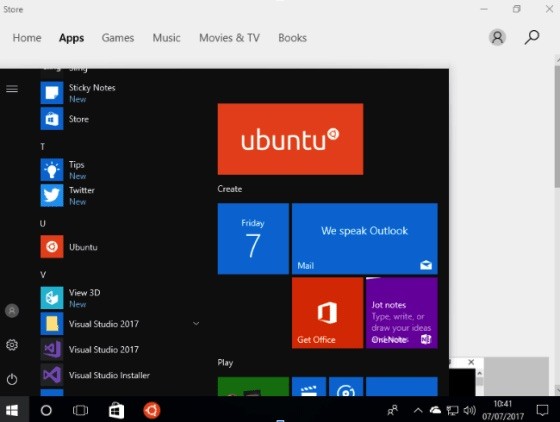Key Points
• Documentation leadership at Canonical is strategically placed within engineering, not as a separate department
• The author uses multiple official job titles to effectively communicate their role across different contexts
• This engineering-focused approach to documentation could influence how other tech companies organize similar work
Engineering Documentation Leadership at Canonical: A New Approach
Canonical, the company behind the popular Ubuntu Linux operating system, is taking an unusual but potentially groundbreaking approach to documentation leadership. A recent internal role evolution shows how the open-source software leader is thinking differently about technical writing and knowledge sharing.
The company’s Director of Engineering for Documentation holds three official job titles, which might sound excessive but actually serves a practical purpose. Each title works better in different situations, helping this leader communicate effectively across various teams and contexts within Canonical’s engineering organization.
The primary title is Director of Engineering, which carries real weight within the company’s structure. This placement inside the engineering division – rather than in marketing, product, or customer support – is crucial for Ubuntu users and the broader Linux community. When documentation leadership reports directly to engineering, it signals that quality documentation is treated as seriously as code development itself.
This engineering-first approach has proven effective. With several hundred engineers to influence, the documentation director has successfully "elevated the status and execution of documentation in a way that would be much harder" if positioned outside engineering. For Ubuntu users, this means better installation guides, clearer troubleshooting steps, and more comprehensive developer resources.
The "Head of Documentation" title also matters because, as the role holder explains, "there can only be one head." This creates clear accountability and eliminates confusion about who owns documentation strategy across Canonical’s ecosystem.
The third title, simply "Technical Author," serves when collaborating with writers and editors. It’s a more collaborative label that works well in creative and editorial contexts.
This multi-title approach reflects Canonical’s practical culture. Rather than getting stuck in organizational politics or rigid job descriptions, the documentation leader uses whatever title works best for each situation. This flexibility helps advance documentation priorities across engineering teams that build Ubuntu, maintain open-source packages, and support enterprise Linux customers.
Why this matters to Linux and Ubuntu users: When documentation is treated as an engineering discipline rather than an afterthought, the entire user experience improves. Installers work better, error messages make more sense, and complex system administration tasks become more approachable.
Other technology companies – especially those in the open-source space – should watch how Canonical’s approach develops. Placing documentation leadership firmly within engineering could become a model for organizations that truly value user experience and technical communication.
Ubuntu community members and enterprise users alike should take note: this organizational structure suggests Canonical is committed to making Linux more accessible without sacrificing technical depth.
Upgrade your life with the Linux Courses on Udemy, Edureka Linux courses & edX Linux courses. All the courses come with certificates.








